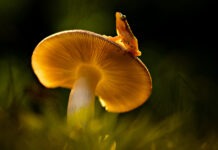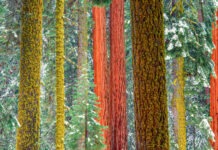Google Maps provide a space-eyed view with enormous potential to analyse earth by location and statistic.
Scientists now have means to visually conceptualise data which aids research and makes a compelling case for public awareness. Able to grasp the urgency of issues effecting populations and the planet using maps as a means to deliver a message is Google’s greatest advantage.
In January, Google Maps began tracking mass animal deaths, offering a global snapshot for comparative analysis on cause of death and rate of decline. Information which influences the direction of climate research and counteractive protocols.
Now researchers Lutz Bornmann and Loet Leydesdorff, from the Max Planck Society and the Amsterdam School of Communications Research, have created a visual database of cities by scientific credence using Google Maps.
Calculating the number of cited papers by location to generate a Map of the World’s Top Science Cities.
Bornmann and Leydesdorff analyzed both the volume of papers and the number of paper citations linked with a certain location, as well as the ratio of observed to expected excellent papers put out there. They define an “excellent paper” as one that is highly cited by other researchers.
Comparing the actual number of excellent papers produced in a city to the expected number provides something like a performance review. For example, if Atlantis produced 800 excellent papers last year, but we expected 1,000, we might consider Atlantis under-performing and reallocate funds to a better city next year.
Then, the results were overlaid on a Google map, showing higher performing cities as green circles and lower performing ones as red circles. A circle’s radius was proportional to the total volume of papers there. Hence, a large green circle indicates both high quality and high output, while a small red circle would be the opposite.
This webpage appendix from the paper shows examples and offers a much longer explanation, including possible faults with the method.
So which cities are the best at science? That’s a complicated question. For now, the parameters for making a map are quite specific. In the paper, the authors show results only for physics, chemistry and psychology in Europe.
For physics, the largest red circles ended up on Kiev and Moscow, while the largest green ones went to London, Paris, Karlsruhe, Munich, Pisa and Rome. Cambridge, England, interestingly showed up as orange; the observed and expected number of papers just about matched.
The most analytic attempt to map scientific excellence this way so far, the authors hope this method will lead the way for future research-researchers.
Source: Discovery News
















